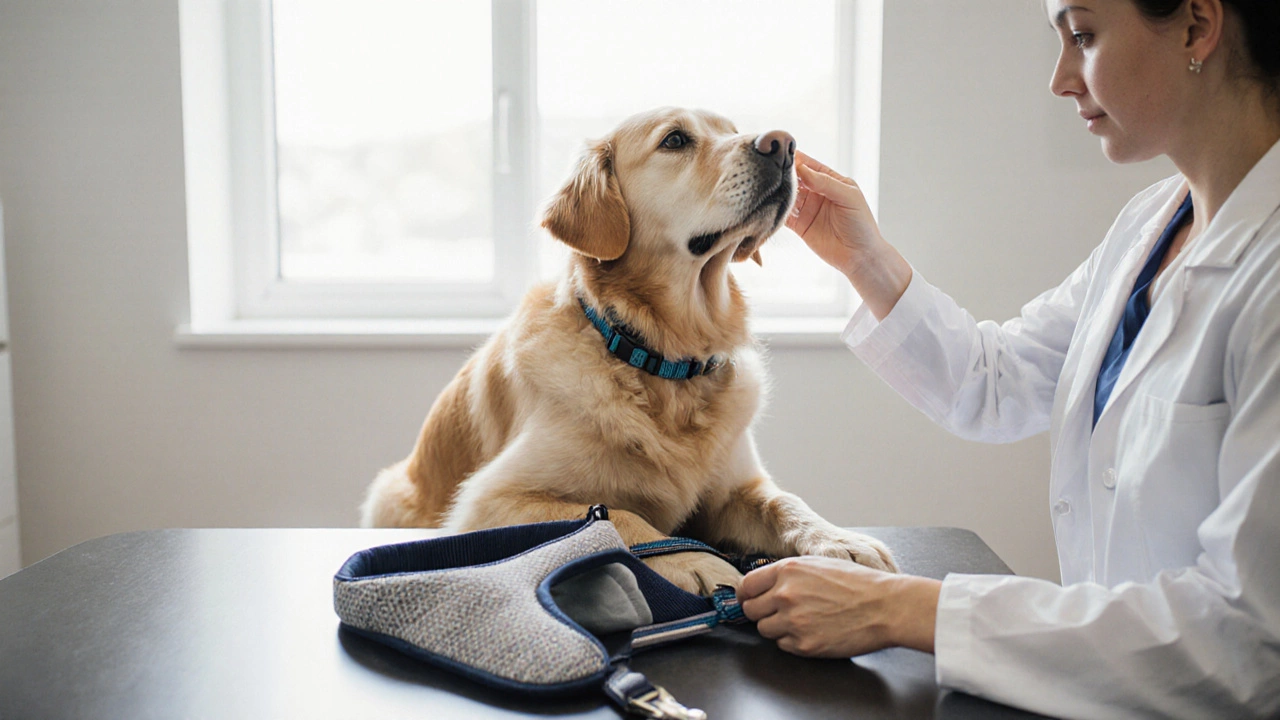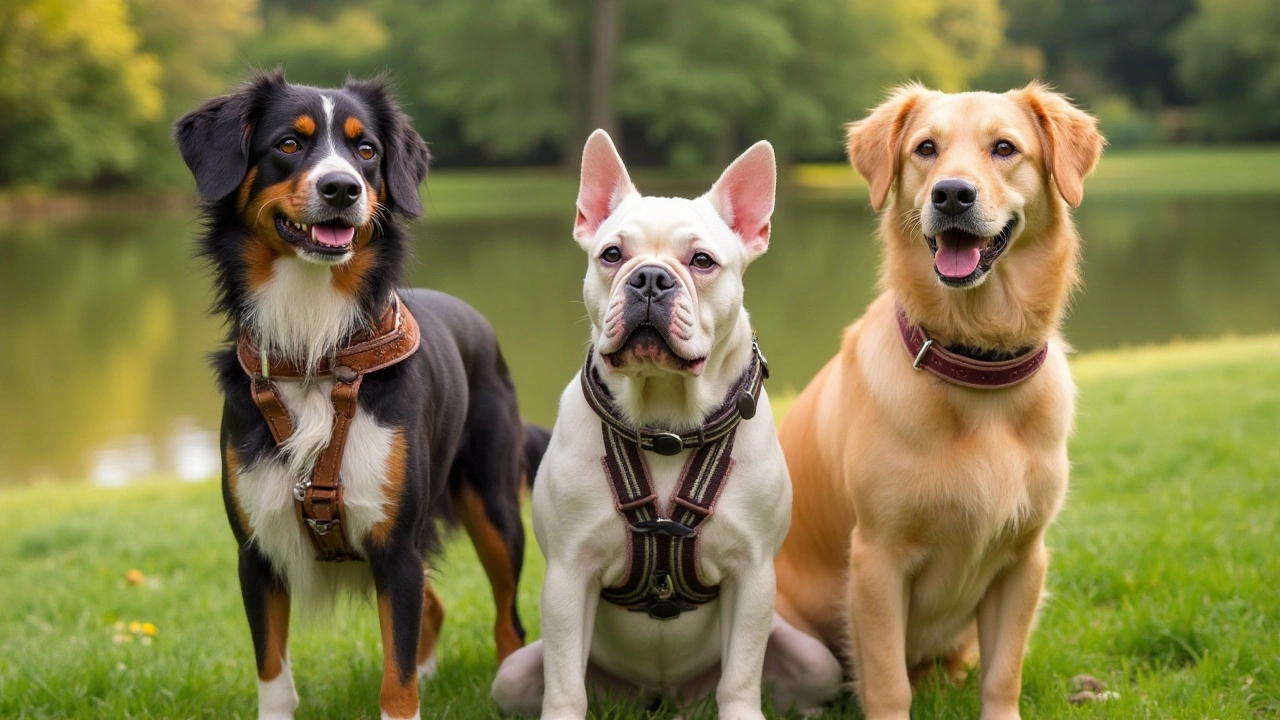Dog Harness Buying Guide: Choose, Fit & Use Like a Pro
Ever wondered why some walkers swear by a harness while others stick to a collar? The truth is a good harness can stop pulling, protect your dog's neck and give you more control. Below you’ll get the basics you need to pick the right one, fit it right, and keep it in shape for years.
Types of Dog Harnesses
There are a few common styles, each built for a different need. A no‑pull harness has a front D‑loop that redirects force when your dog lunges, making walks smoother. Step‑in harnesses let you slip the straps through your dog’s front legs – perfect for nervous pups who hate the hassle of putting a harness on. Chest‑style harnesses sit low on the ribcage and are great for small breeds that need a light touch. If your dog loves hikes or runs, a vest‑style harness provides extra padding and distributes pressure across the shoulders. Finally, some harnesses come with extra handles or leashes for extra control in busy areas.
How to Fit a Harness Correctly
Wrong fit equals wasted money and an unhappy dog. Start by measuring around the chest, just behind the front legs. Most UK brands give a size chart – match your measurement to the range, not your dog’s height. Slip the harness on, then tighten the straps until you can slide two fingers between the harness and your dog’s body. The harness should sit snug but not choke; you’ll see a small gap at the neck and a snug fit at the chest. Walk a few steps; if the harness slides or ruffles, tighten a little more.
Check the fit every few weeks. Puppies grow fast, and even adult dogs can gain or lose weight. If you notice your dog can slip out of the harness or if it rubs skin, adjust the straps or move up a size.
Safety isn’t just about fit. Look for sturdy buckles that click into place and webbing that won’t fray. Metal hardware can get cold in winter, so many UK sellers use reinforced plastic clips that stay strong in all weather. Avoid harnesses with loose strings or decorative tassels – they can catch on branches or car doors.
Choosing the right harness also means thinking about your dog’s activity. A light step‑in works for casual walks in the park, but a padded vest‑style is better for long hikes or jogs. If you train a strong puller, a front‑clip no‑pull harness gives you the leverage you need without hurting the neck.
Keeping the harness clean extends its life. Most nylon or polyester harnesses can be tossed in the washing machine on a gentle cycle; just zip any metal parts inside a laundry bag. Let it air dry – heat can melt the webbing. Wipe down leather straps with a damp cloth and condition them monthly to avoid cracking.
When you’re ready to buy, look for UK retailers that offer free returns and clear size guides. A reputable shop will let you try the harness at home and swap it if the size isn’t perfect. Prices range from £10 for a basic nylon harness to £40 for a premium padded set, so you can find something that fits both your budget and your pup’s needs.
With the right harness, walks become safer, training gets easier, and your dog stays comfortable. Take a moment to measure, pick a style that matches your routine, and fit it snugly – your four‑legged friend will thank you every step of the way.
Veterinarian Advice: Collar vs Harness for Dogs - Which Is Safer?
Find out whether vets favor collars or harnesses, learn the health pros and cons, and get a step‑by‑step guide to fit the right gear for your dog.
Dog Collar vs Harness: Can They Be Worn Together?
Deciding whether your dog should wear a collar and harness simultaneously can be bewildering. This article breaks down the purposes of each, exploring safety, comfort, and training benefits. It provides insights into different dog breeds and how their unique needs can determine the best approach. You'll also find practical guidance on transitioning between or combining them for optimal care of your furry friend.

